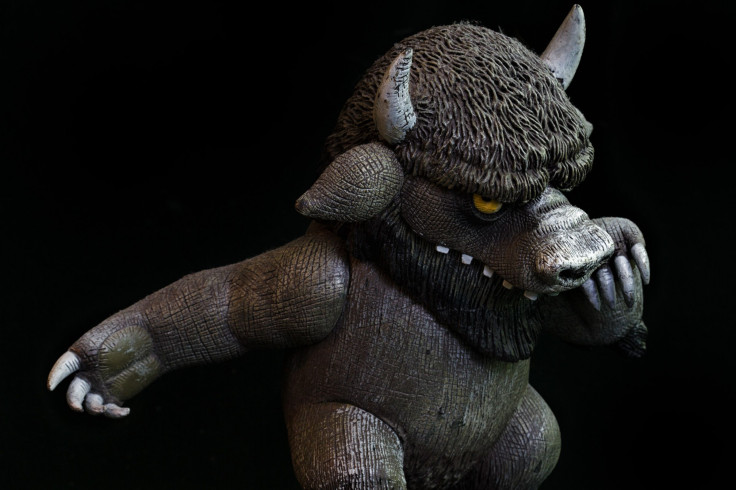Some Organisms Seem To Defy Aging Process, At Least The Way We See It

A child might think life runs from infancy to adolescence to maturity, and then to old age with an interregnum spent before death as an “invisible giant.” From observation and learned knowledge, the child might assume that everyone on earth experiences a similar boom and bust, an eventual slide into senescence and senility right before death.
Yet those assumptions fall away when looking across nearly four dozen species, says investigator Owen Jones, a biologist at the University of Southern Denmark in Odense, whose team published a new study Monday in the journal Nature. The surprising new look dispels the idea that evolution leads in most species to a pattern of aging characterized by markedly decreased fertility and mortality.
“By taking a grand view and doing a survey across species, we found plenty of violations of this underpinning theory,” Jones said.
In comparing species for fertility and mortality, the investigators assembled large data sets for 11 mammals, 12 other vertebrates, 10 invertebrates, 12 vascular plants, and a green alga — and then standardized the lifespan trajectories. They divided mortality rates at regular intervals in the lifespan by an average mortality rate.
Interestingly, they found no link between the length of life and the degree of senescence, the rate at which an individual declines past fertility and toward death. Of two dozen species showing the closest connection with mortality and age, 11 experienced long lifespans while 13 lived shorter lives. The obverse held for those with a lower connection between mortality and age, with some species living longer lives and others living shorter.
In the animal kingdom, guppies and water fleas live only days or weeks. But just like humans, they experience a sharp rise in mortality connected with age, whereas others such as the hermit crab and red abalone enjoy nearly continuous fertility and mortality throughout their lifespans. In organizing the data, investigators placed species along a continuum of senescence, with mammals at one end (with a sharp decline), and plants (with much lower mortality), crowding the other end. In between, birds and invertebrates showed varying degrees of senescence.
But what does this diversity of aging patterns mean? “The [evolutionary] theories we have are applicable in lots of situation — but they can’t explain some cases,” Jones said. “It’s not about throwing out old theories; it’s about modifying theories to work on all species.”
However, some biologists told Nature they were less than impressed by the study, which compared data sets from laboratory animals, some inbred, to field studies of animals in their natural environments, which often last decades, according to Steven Austad, an evolutionary biologist at the University of Texas Health Science Center in San Antonio.
“This approach is like making a fruit salad and imagining it can tell you something about evolution of the orange,” he said. “This comparison of demographic trajectories across the tree of life is completely divorced from biology and ignores the impact of the environment.”
Yet at least one biologist says the new study challenges the field, showing a surprisingly diverse array of life patterns, according to Stephen Stearns, an evolutionary biologist at Yale University. “This study is a useful reminder that the patterns of aging are diverse, but it is not a refutation of existing theory,” he told Nature. “That would require difficult empirical measures of the trade-offs between reproduction and mortality, which haven't yet been done.”



























